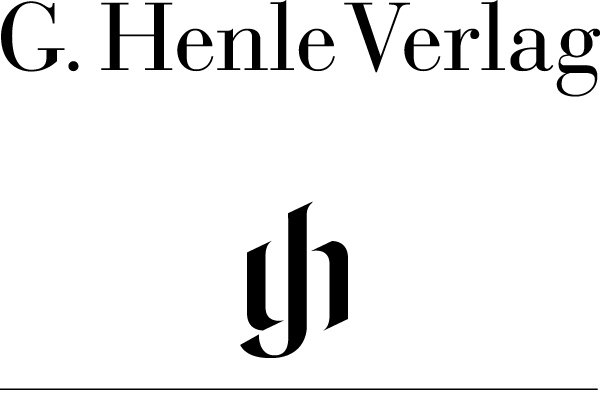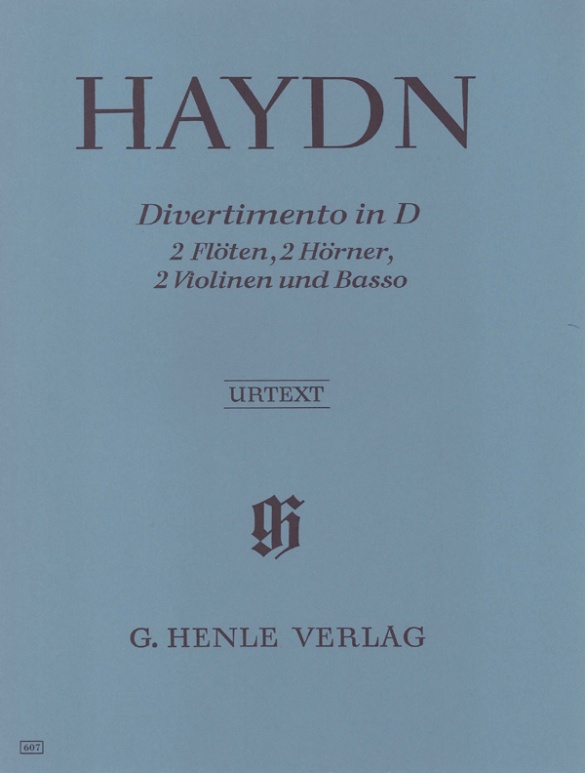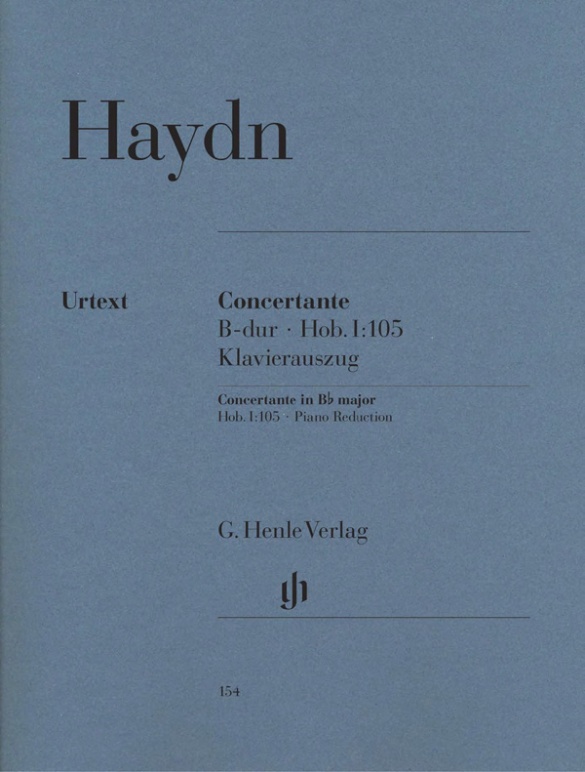Joseph Haydn
Divertimento D major Hob. II:8 for 2 Flutes, 2 Horns, 2 Violins and Basso Continuo
Haydn’s numerous divertimentos for strings and winds are cheerful, functional music about whose genesis we know very little. Many stem from Haydn’s early years, when the composer had to keep his head above water with musical odd jobs. Thus the Divertimento in D major Hob. II:8, for two flutes, two horns, two violins and bass, was probably composed already in the 1750s. It is one of Haydn’s few chamber works to employ flutes.
Content/Details
About the Composer

Joseph Haydn
His immense oeuvre documents the profound changes in music history during the second half of the eighteenth century, leading to the emancipation of instrumental music. His most important genres are the symphony and the string quartet, where he cultivated the technique of motivic-thematic development; he made significant contributions to the instrumental concerto and to piano music; during the last years of his life, he composed his great oratorios. Opera and art song take on a rather subordinate significance.
About the Authors

Sonja Gerlach (Editor)
Sonja Gerlach was born in Hannover in 1936. She did a secondary school teaching degree (Staatsexamen) in music and mathematics in Berlin. From 1965 to 1999 she was a research associate and editor at the Joseph Haydn-Institut in Cologne. In addition to her work as an editor and researcher she addressed questions concerning the chronology of Haydn’s symphonies. She is also very interested in problems of ascertaining authenticity of works in Haydn’s different genres.
In 2000 she retired and moved to Munich where she now lives.
Product Safety Informations (GPSR)

G. Henle Verlag
Here you can find the information about the manufacturer of the product.G. Henle Verlag e.K.
Forstenrieder Allee 122
81476 München
Germany
info@henle.de
www.henle.com
recommendations
autogenerated_cross_selling




